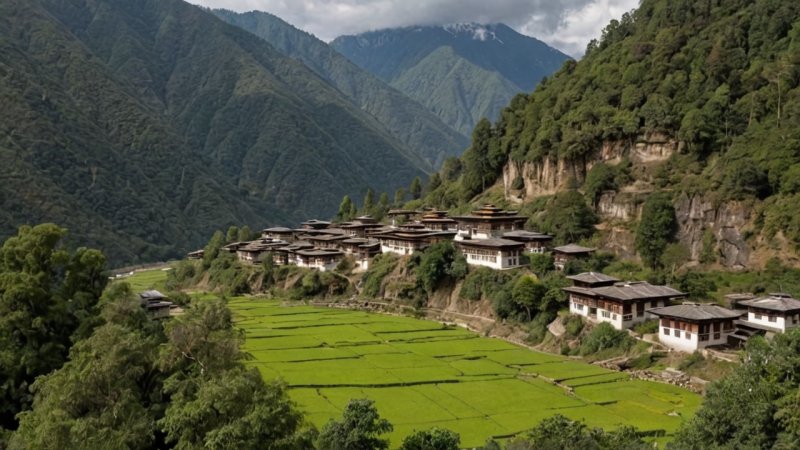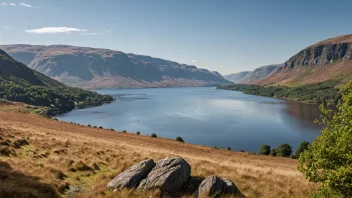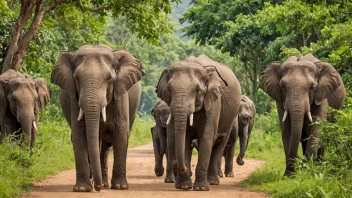Bhutan, often referred to as the last Shangri-La, is a land of stunning landscapes, rich culture, and deeply rooted traditions. While many travelers flock to popular destinations like Paro and Thimphu, a journey into the remote villages of Bhutan reveals a different side of this Himalayan kingdom—one that is untouched by modernity and steeped in ancient customs. Venture beyond the well-trodden paths, and you will discover a world where time stands still, where the simplicity of rural life is both refreshing and humbling. Join us as we embark on an exploration of some of Bhutan's most remote villages, uncovering the beauty and charm that lies in these hidden gems.
The Allure of Bhutan's Remote Villages
Bhutan's remote villages are often characterized by their breathtaking natural beauty, traditional architecture, and the warmth of the local people. Nestled in the folds of the Himalayas, these villages offer a unique insight into the Bhutanese way of life, where agriculture and spirituality intertwine seamlessly. The villages are typically accessible only through scenic trails, providing an adventurous experience for those willing to trek through the rugged terrain.
1. Breathtaking Landscapes
The landscapes surrounding Bhutan's remote villages are nothing short of spectacular. From terraced rice fields to lush forests and towering mountains, the scenery enchants every traveler. One noteworthy village is Haa Valley, known for its stunning vistas and rich biodiversity. The valley is surrounded by snow-capped peaks and is an excellent spot for hiking and photography enthusiasts. The vibrant colors of the flora contrast beautifully with the deep greens of the forests, creating an idyllic backdrop for exploration.
2. The Cultural Experience
Visiting remote villages in Bhutan provides an opportunity to immerse oneself in the local culture. The people of Bhutan are incredibly hospitable, eager to share their stories and traditions. In villages like Phobjikha, known for its black-necked cranes, travelers can witness the vibrant festivals that celebrate the changing seasons. These festivals often include traditional music and dance, showcasing Bhutan's rich cultural heritage. Engaging with the locals through cultural exchanges, such as cooking classes or crafts workshops, allows visitors to appreciate the depth of Bhutanese culture.
3. Traditional Architecture
One of the most striking features of Bhutan's remote villages is their traditional architecture. The houses, built from local materials, often feature intricate woodwork and colorful paintings. In villages like Gangtey, visitors can explore ancient monasteries and traditional farmhouses that have stood the test of time. The architecture is not only aesthetically pleasing but also reflects the sustainable practices of the Bhutanese people, who live in harmony with their environment.
4. Unique Culinary Delights
A journey through remote villages presents a culinary adventure that is often overlooked. Bhutanese cuisine is characterized by its use of local ingredients, with rice, chilies, and cheese being staples. In villages like Ura, travelers can savor traditional dishes such as ema datshi, a spicy chili and cheese stew, and phaksha paa, a pork dish with radish. Participating in communal meals is a highlight, as sharing food fosters connections and friendships with the villagers.
5. Spiritual Connection
Bhutan is known for its deep spiritual roots, and this is particularly evident in its remote villages. Many villages are home to ancient monasteries and stupas, where locals gather for prayer and meditation. Visiting Rinpung Dzong in Paro or the Gangtey Monastery allows visitors to witness the serene practices of Buddhism and gain insight into the spiritual lives of the villagers. The tranquility of these sacred spaces offers a unique opportunity for reflection and personal growth.
6. Eco-Tourism and Sustainable Practices
Bhutan is a pioneer in eco-tourism and sustainable practices, and this is especially evident in its remote villages. Many villages have embraced sustainable agriculture, promoting organic farming techniques that preserve the environment. Travelers can partake in eco-friendly initiatives, such as participating in reforestation projects or learning about traditional farming methods. Supporting local artisans and businesses further contributes to the sustainability of these communities, ensuring that their rich heritage is preserved for future generations.
Travel Tips for Visiting Remote Villages
When planning a trip to the remote villages of Bhutan, there are several important considerations to keep in mind:
- Respect Local Customs: Bhutanese culture is deeply rooted in traditions. Always ask for permission before taking photographs of people or sacred sites.
- Pack Appropriately: Prepare for varying weather conditions by packing layers and sturdy footwear for trekking.
- Stay Hydrated: Carry a reusable water bottle and drink plenty of water, especially when trekking.
- Engage with Locals: Take the time to interact with villagers, share stories, and learn about their way of life.
- Be Mindful of Your Environmental Impact: Practice responsible tourism by minimizing waste and respecting wildlife.
Conclusion
Exploring the remote villages of Bhutan is an enriching experience that offers a glimpse into a world where tradition and nature coexist harmoniously. From the breathtaking landscapes and unique cultural experiences to the warmth of the local people, Bhutan's hidden gems are waiting to be discovered. Whether you're trekking through the stunning valleys or sharing a meal with a local family, you'll leave with memories that will last a lifetime. Bhutan's remote villages are not just travel destinations; they are a journey into the heart and soul of the kingdom, inviting travelers to embrace the simple joys of life and connect with the essence of Bhutan's heritage.






